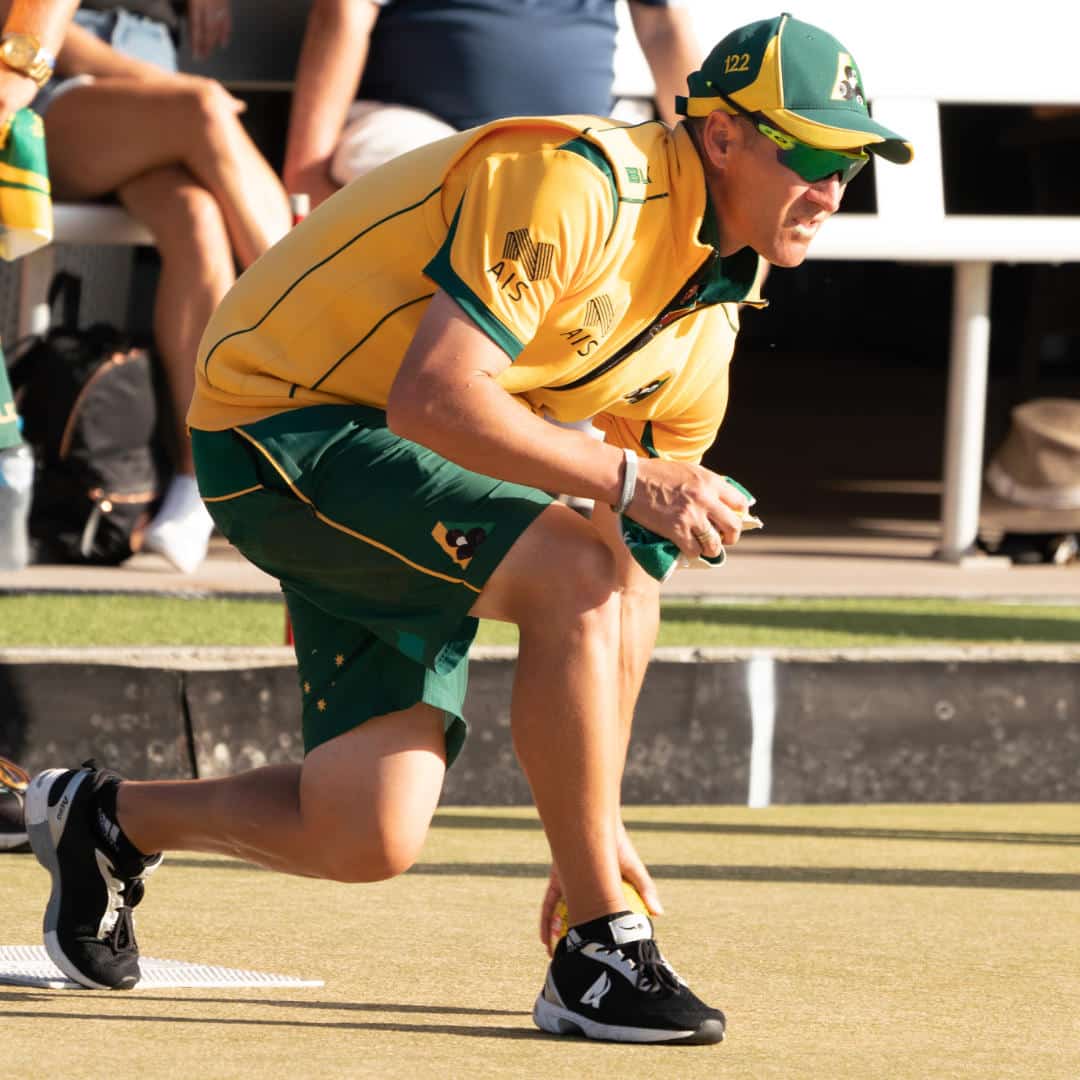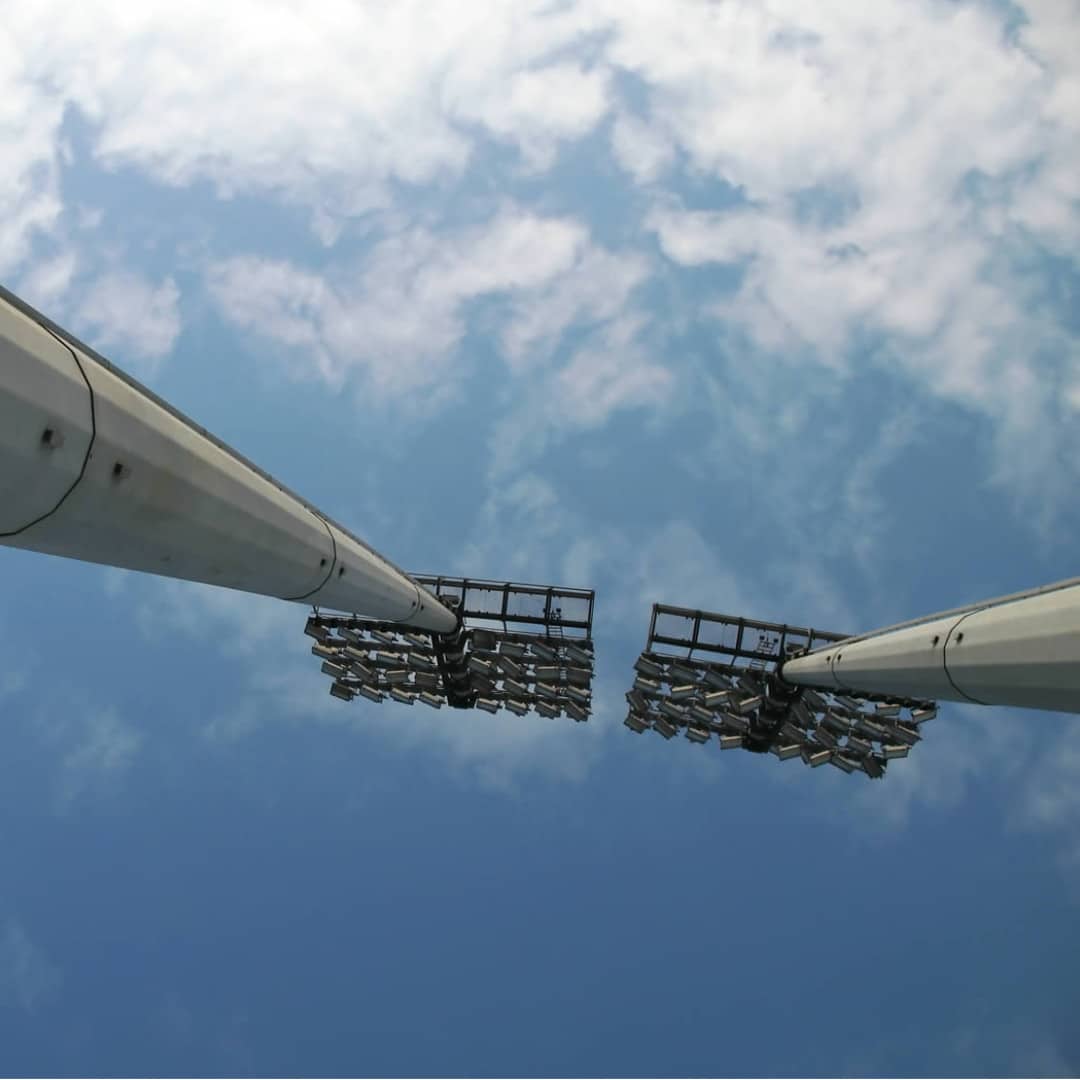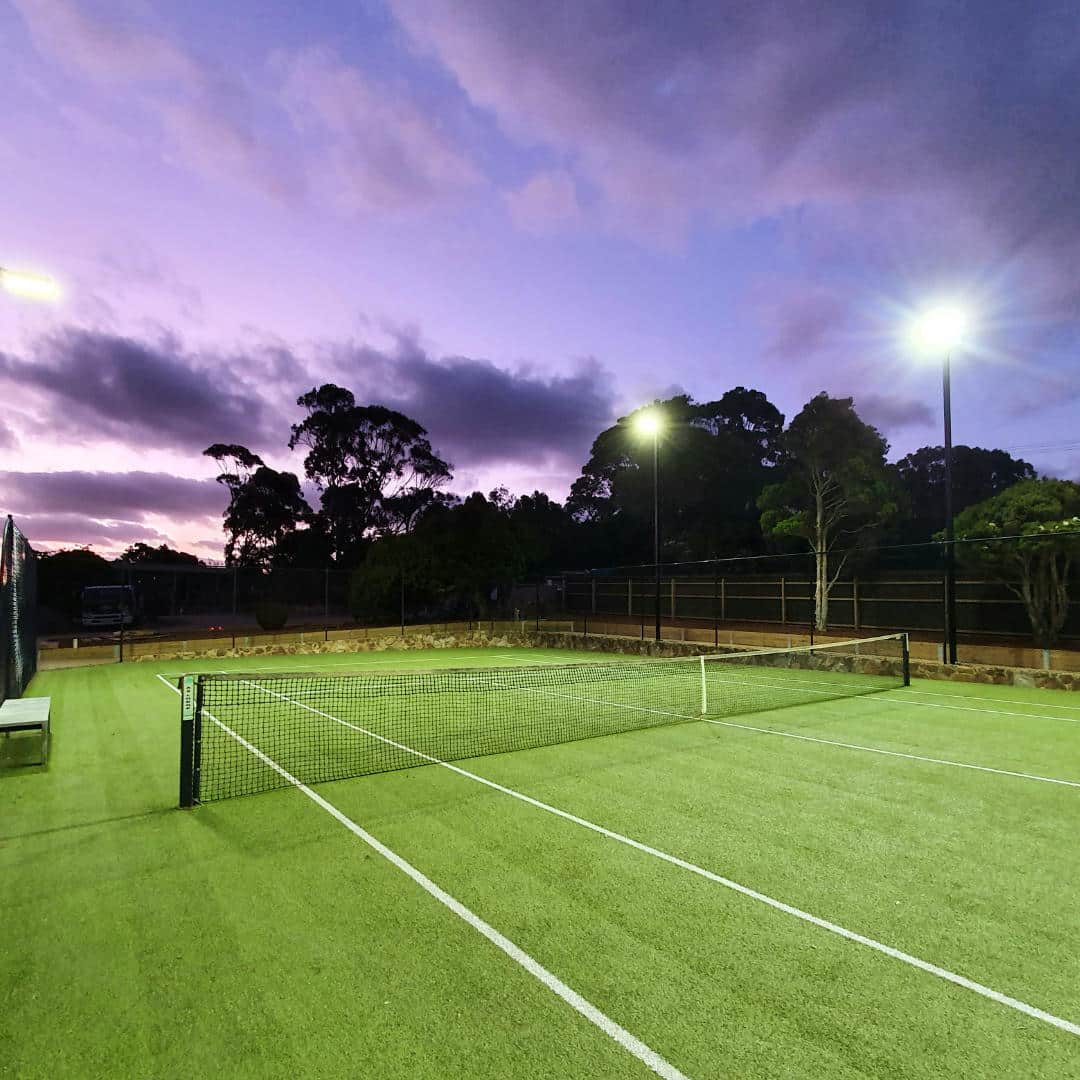
The decade-long promise for LED has been ‘longer life and lower running expenses’. Whilst this has proved true in many industries, it certainly is not a given in sport applications.
2kW metal halide fittings have been the industry standard for longer than anyone can remember. Loved by designers for the fantastic light distribution, hated by facilities managers who are forever having to hire a cherry-picker in order to change yellowing bulbs.
LED certainly seemed like the answer until lighting designers complained about substandard light distribution, heavier fittings and uncertain lifespans. Unfortunately, they were right to be cynical as LED has certainly not achieved any notable success in the sport market until very recently.
So, you are now going out to find the perfect replacement for your ageing 2kW Metal Halides.
What do you look for and how do you know a ‘lemon’ if you see one?
Sadly, this is not always obvious and manufacturers certainly don’t promote their weaknesses so here’s a few tips to keep you on the right side of your clubs treasurer and sports captain.
Generally speaking, LED fittings are much heavier than Metal Halides.
The traditional fittings are often big, but relatively light and so the poles were engineered accordingly. Replacing 20kg lights with 30kg lights may not seem like a big deal, however, when multiplied by 6 or 8, the results can be disastrous, as some clubs can testify!
Poles falling over due to weight overload is not uncommon and can be fatal.
Sail area relates to wind resistance. Many of the traditional fittings mounted flat or horizontal, giving a small sail area.
Ideally find an LED that mounts horizontal too, as this removes another of the potential issues with overstressed poles when the wind gets up.
For all their old age, many of the 2kW metal halide fittings (particularly Phillips MVP) have exceptional beam patterns and are really efficient.
Do not assume that any LED fitting will be able to replace these old warriors easily!
Get a lighting plan done by the supplier or wholesaler and make sure you will achieve ‘equal to/or better than’ results with the same or less kilowatts.
Again, I cannot overstate, this is not a foregone conclusion and if you are basing your decision on energy savings, you may be disappointed.
Many companies are willing to provide a lighting plan prior to purchase.
Ensure that you get some performance guarantee to make sure the results are based on sound IES files.
Many IES files are generated using optimum conditions and performance of the light and don’t accurately reflect the performance in the field.
A relatively small error can result in really poor performance on the ground if all negative factors combine.
In some cases council grants are subject to the facility conforming to national standards (i.e. European, Australian etc). Non-compliance in this case could result in a grant not being given, or even withdrawn.
Not only do you not have a compliant facility, but you have lost funding too.
Any aspect of metal halide lighting was good cut off and control of spill lighting.
Many LED’s shine at 180 D and rely on the optic or reflector to control the beam. This is good, provided the optic is good.
A poor optic will put light where you don’t need it, but worse still, put light where you really don’t want it i.e. in the neighbour’s yard.
The lighting plan should include spill light calculations so that you can verify that they comply with council requirements.
A number of the old metal halides had mastered horizontal mounting. This reduces sail area as previously mentioned, as well as spill light, and is much better for neighbours and players alike.
Lamps that mount at a 45-degree angle not only waste light, they cause real issues with lighting control.
A well designed light should not need to be angled up by more than 15% off horizontal. If it does, you poles may not be high enough or the lamp itself may not be quite as good as claimed.
So, the summary conclusion is there are LED lights out there that can do what you need them to do, but make sure you’ve done the research as there is certainly more ways of getting it wrong than getting it right.
Don’t ever assume that LED is better just because it’s LED. Metal halides are great lights and proved very worthy competitors to their digital replacements.
If you'd like to find out more on replacing metal halide lights with LED, send us an email or give us a call on +61 3 8566 6146 and chat to one of our friendly consultants.


